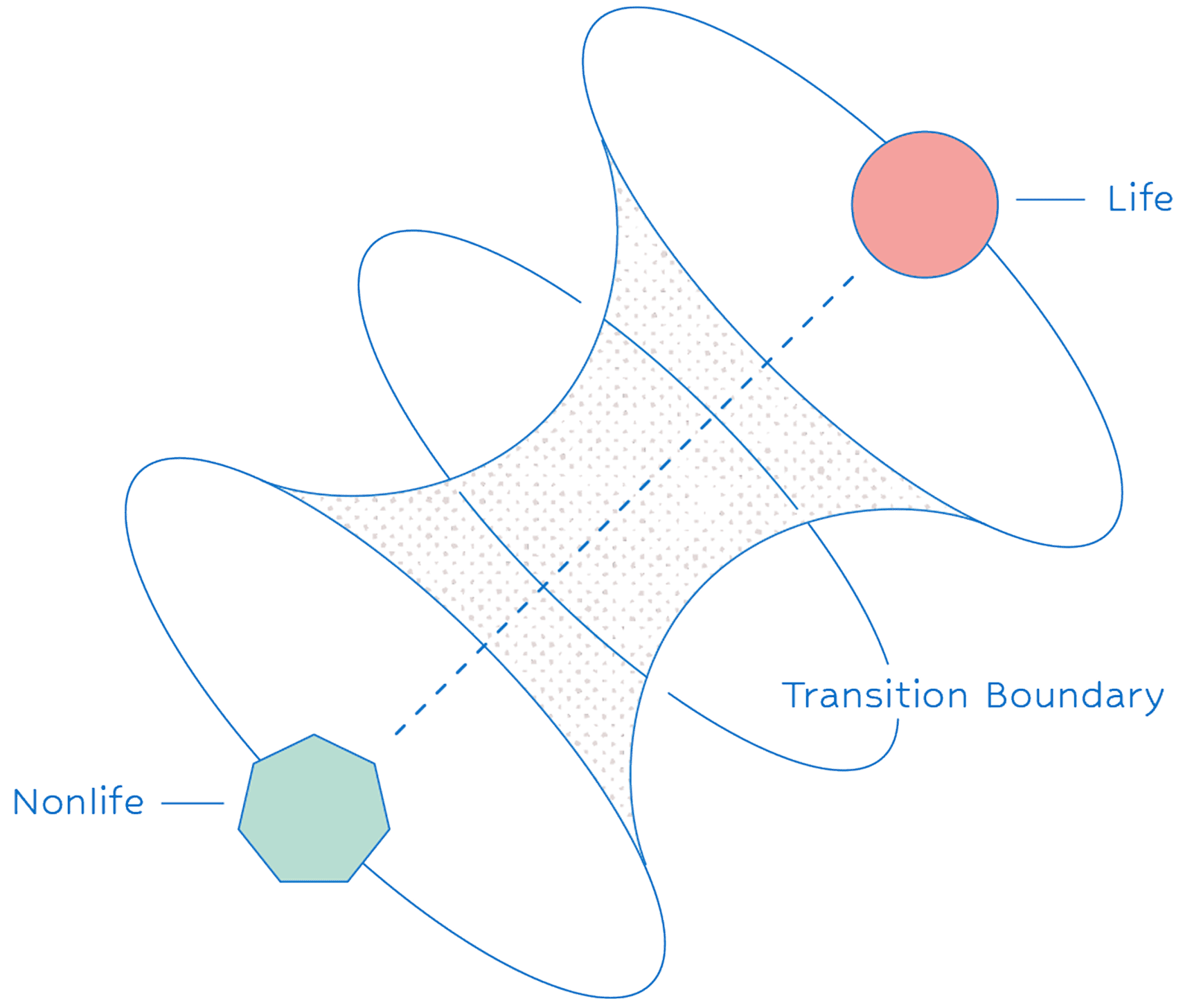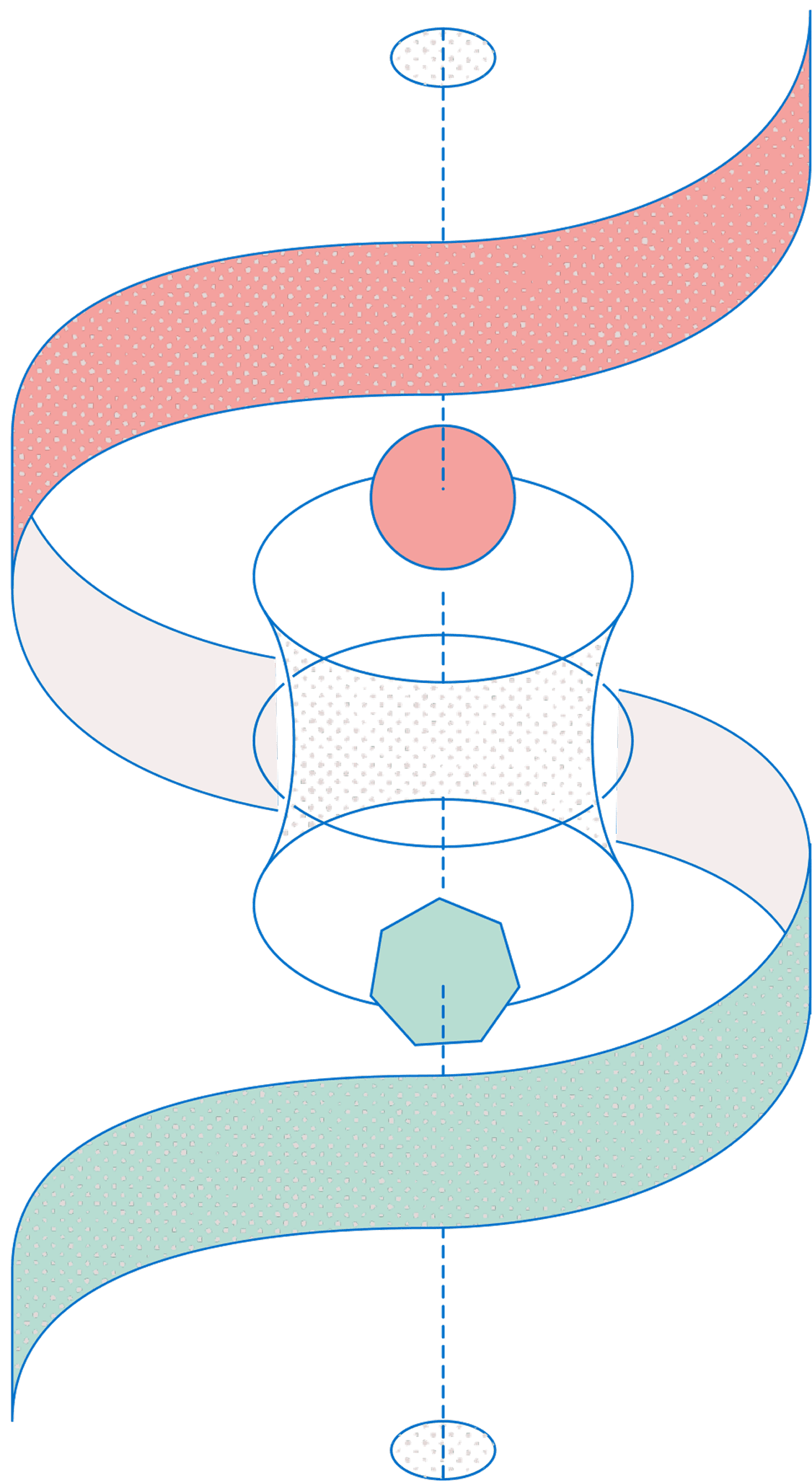
What is the fundamental difference between living things and dead things, or between life and non-life?
It is obvious that a stone by the side of the road is non-life, while a cat walking beside it is life. The difference between the two can be explained based on their constituent elements, such as the fact that stones are composed of inorganic matter. Then, what is the difference between a cat that has just died and a cat that is running around energetically? If not much time has passed since death, the molecular composition of the cat's body is likely to remain largely the same, making it difficult to distinguish between life and death based solely on constituent elements.
There are various definitions of “death,” one of which is “the loss of the body's organic integration as a whole.” While this may sound grand, it essentially means that the elements constituting life cease to function in coordination with one another and begin to operate independently.
To understand the difference between life and non-life, it is necessary to understand not only the properties of the constituent elements but also how they are connected and function as a “system.” In this project, we conduct experimental researches on single-celled microorganisms and artificial cells, as well as theoretical researches using mathematics and physics, to clarify what occurs at the boundary where ‘life’ transitions into “non-life.”
The project consists of four teams of researchers with backgrounds in microbiology, artificial cell research, statistical physics, and dynamical systems theory.
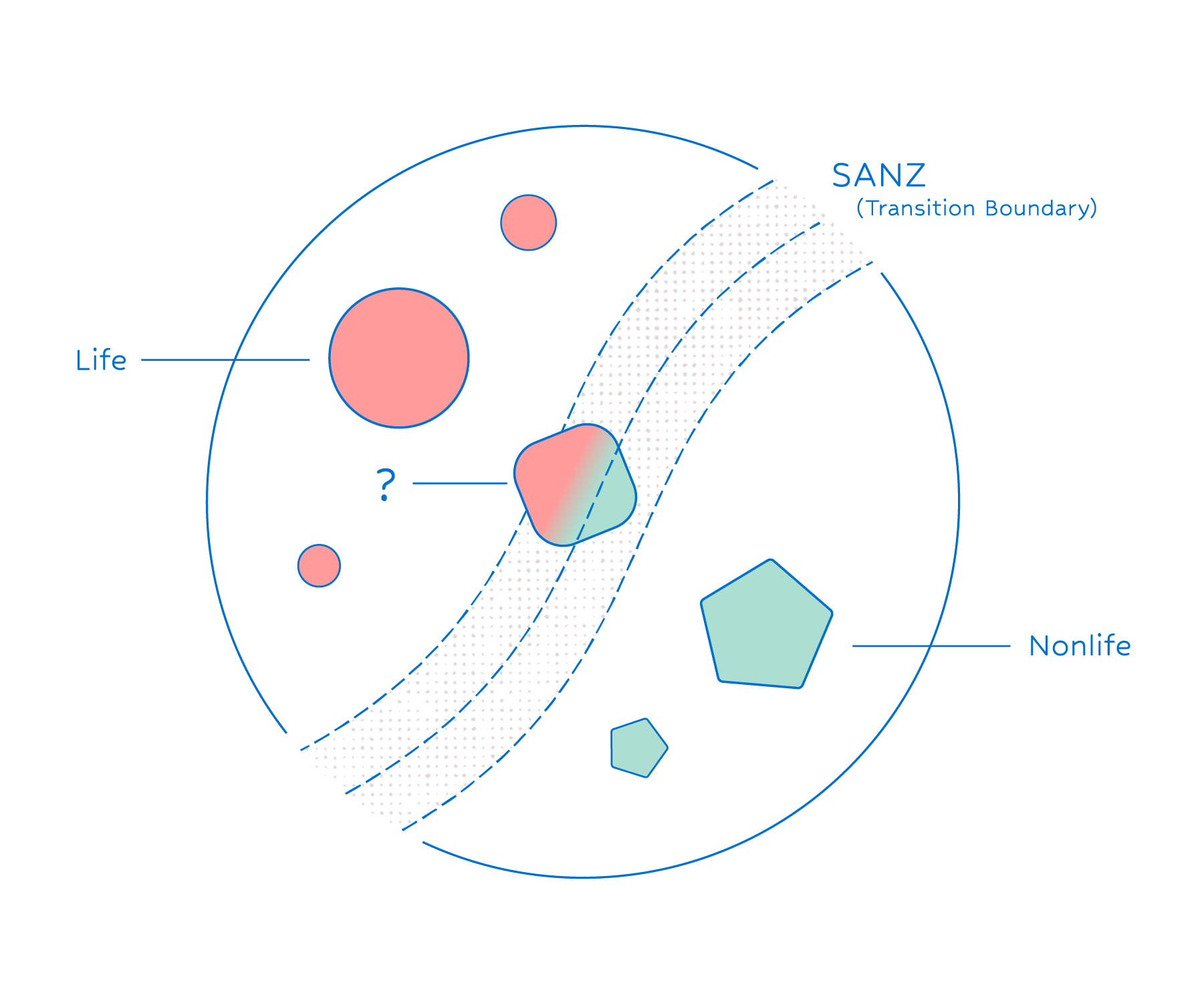
Reviving Cell
Through single-cell level measurements of the death process, we aim to elucidate the transition boundary from life to Nonlife in Escherichia coli. Furthermore, by artificially controlling the amounts of intracellular chemical components, we seek to enable cells to cross this boundary in the reverse direction, that is, to achieve the resuscitation of E. coli cells.
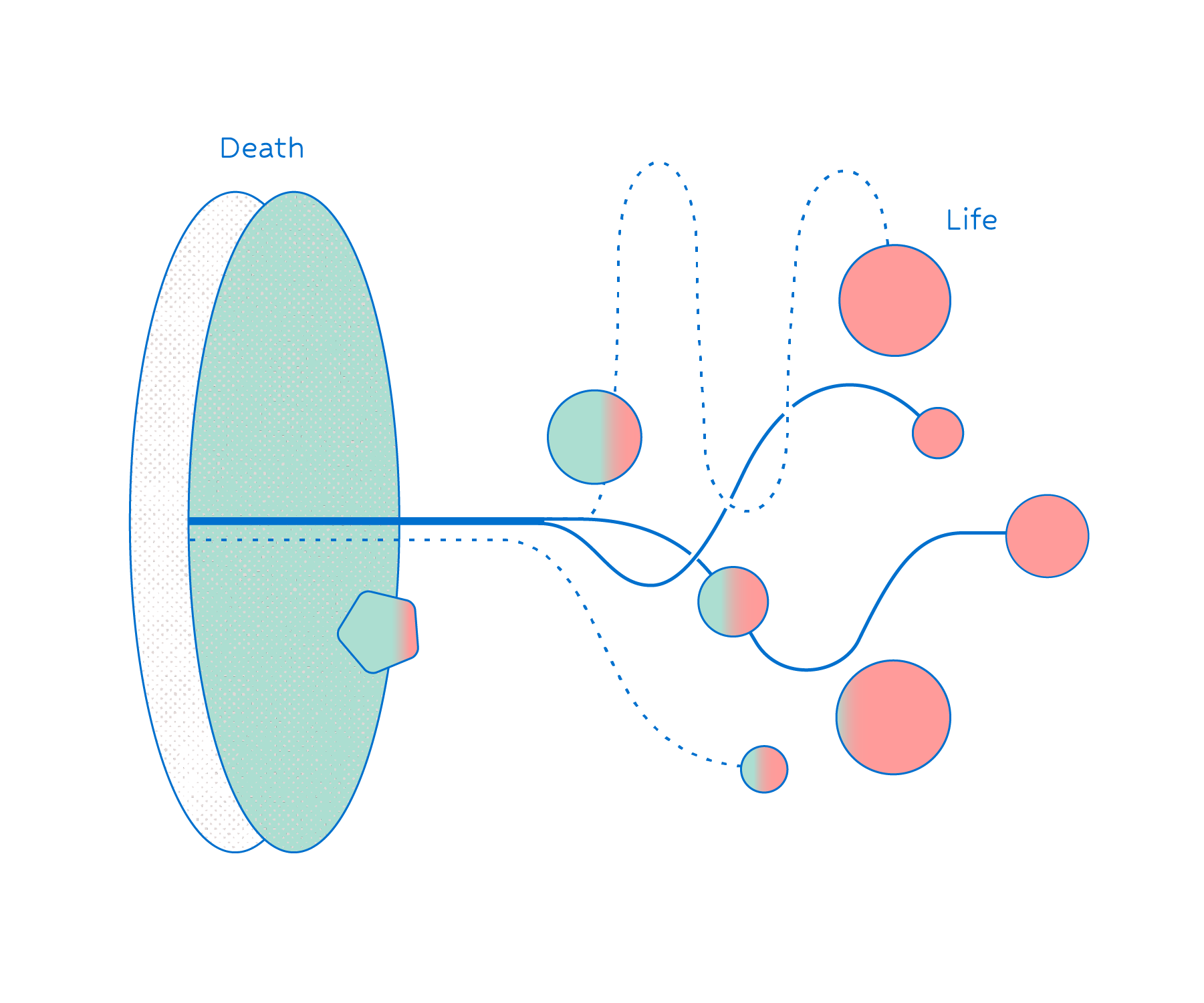
Cell Death
We induce cell death in Escherichia coli and Schizosaccharomyces pombe under various stress conditions and quantitatively analyze the dynamics of intracellular components during the death process. Through this approach, we aim to clarify whether there is diversity in the modes of cell death, or whether there exist common principles underlying the “loss of life.”
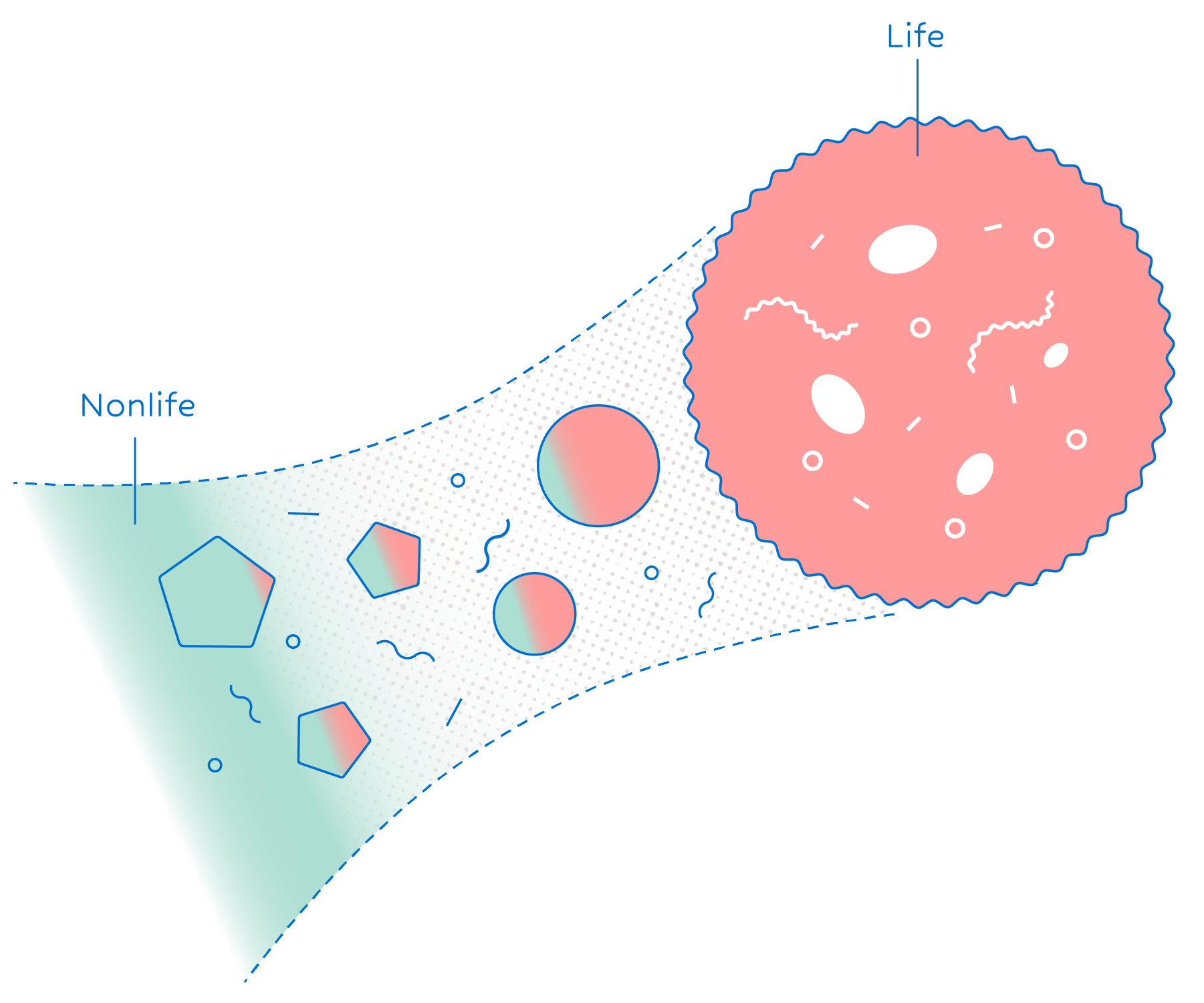
Artificial Cells
We aim to construct artificial cells—chemically synthesized systems capable of self-replication—from scratch. By closely measuring and analyzing the processes through which artificial cells lose their ability to divide, we seek to elucidate both the challenges of transitioning from the “non-living” to the “living” state and the possible means by which such a transition can occur.
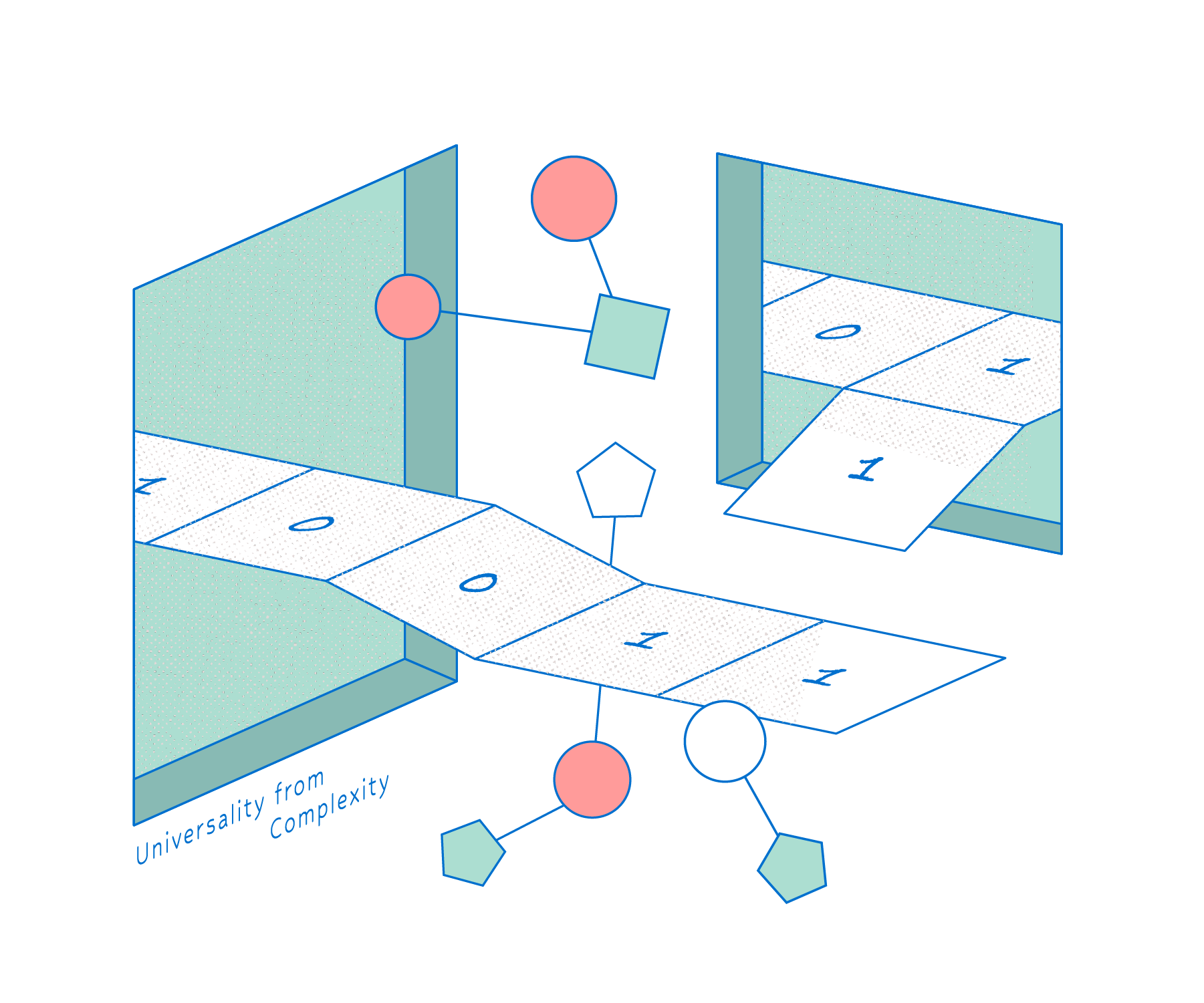
Theory of Self-Reproduction
Synthesizing life or bringing the dead back to life is generally regarded as extremely difficult—but just how difficult is it? By drawing on concepts from computational complexity theory and theoretical studies of self-reproducing systems, we aim to elucidate the degree of difficulty involved in the transition from the “non-living” to the “living.”

